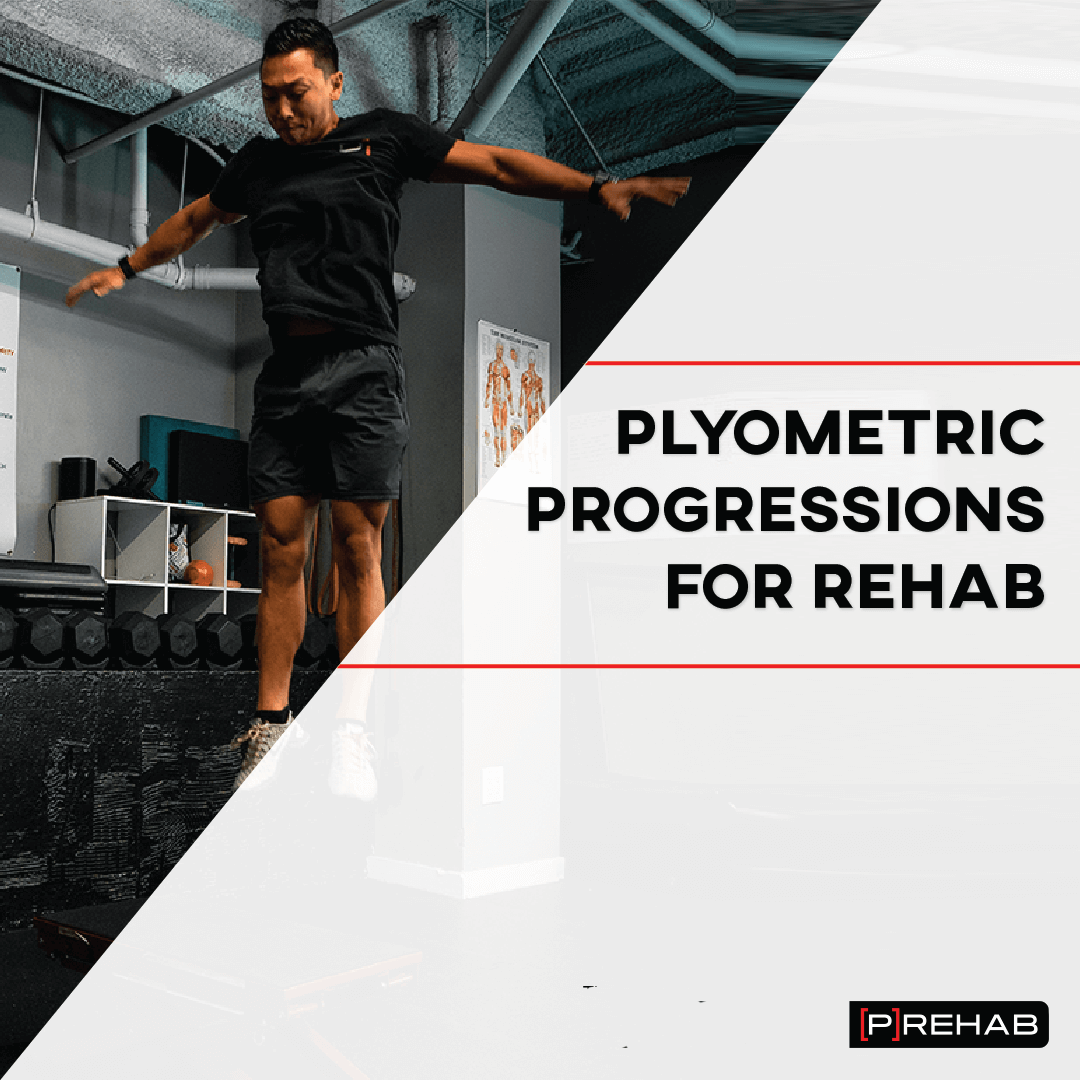I guess someone should tell the rock climber that he doesn't know what he's talking about.
I'll start by saying I apologize for having spoken too authoritatively. The studies that have been done aren't extensive enough, nor of sufficient quality, to warrant the level of certainty I expressed. That being said, those I've read tend to support the overall point that I was making. Tendons respond to the same stimulus that muscles do and I've seen no evidence at all to suggest that we can target them separately from the skeletal muscles. So, if you want stronger tendons, you have to do the things that give you stronger muscles.
I have seen some studies that imply that like bones, tendons may require a greater stimulus (closer to 1RM) than muscles to trigger an adaptive response. If so, that's an argument in favor of weight lifting, not against
There is evidence that tendons do strengthen more slowly than muscle, but the exact timeline isn't well established. Depending on the study, it looks like it takes somewhere between a couple weeks to maybe 3 months before significant structural changes can be detected, as opposed to a few days to maybe a couple of weeks for skeletal muscle. It's generally more difficult to measure changes in connective tissue than skeletal muscle so that's not definitive either. The research does show collagen synthesis markers (associated with tendon growth) are produced 24-hours post resistance training, so it's not unreasonable to think that adaptation begins at roughly the same time for both muscles and tendons, it just may take tendons longer to complete the process.
The video isn't actually making the point he (and you) think he's making. Sure, tendons may develop more slowly than muscles, but they seem to respond largely proportionally to the stimulus (to the degree that we can and have measured such things). So, if you do something that makes a muscle stronger, it's likely that the tendons connected to that muscle will become similarly stronger, though that increase in strength may lag behind by a couple of months.
Again, this is in response to stimulus, so a rock climber and a power lifter and a boxer will all develop muscle and tendon strength differently from each other because they do not put the same stress on the same muscles. Sure, on average, rock climbers likely have stronger and larger tendons in their forearms and hands than most other athletes because the hands and forearms are disproportionally important in rock climbing. On average, it's also likely that rock climbers have larger and stronger muscles in their forearms and hands than most other athletes. On average, serious cyclists likely have larger tendons and muscles in their legs than rock climbers, etc.
Finally, I want to say that the guy making the video either has poor critical thinking skills or is intentionally disingenuous when he compares the visual muscle and tendon development of the 3 participants in the video. If they were identical triplets it might offer some insight into what stimulus different athletic activities provide. As it is, based on this sample, it's about as valid to say that smaller/less visible wrist tendons are correlated with greater height. This kind of error (or deception) is unfortunately common, but that doesn't make it acceptable.

